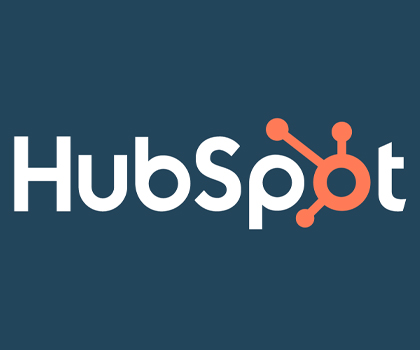Outsource Inbound Marketing to SowiesoDigital?
Inbound marketing wins – and deservedly, according to us! – in popularity. This form of marketing involves letting customers come to you instead of chasing them. Hence inbound marketing can be seen as ‘pull-marketing’. Pull-marketing is at odds with ‘push-marketing’ activities such as advertising or sending emails randomly.
When you have a solid inbound marketing strategy, internet users will find you when searching for certain information about a specific topic. So, your website meets their needs. By sharing relevant and qualitative content, you increase your respect and credibility with customers. This growth will eventually lead to a higher chance of conversion!




